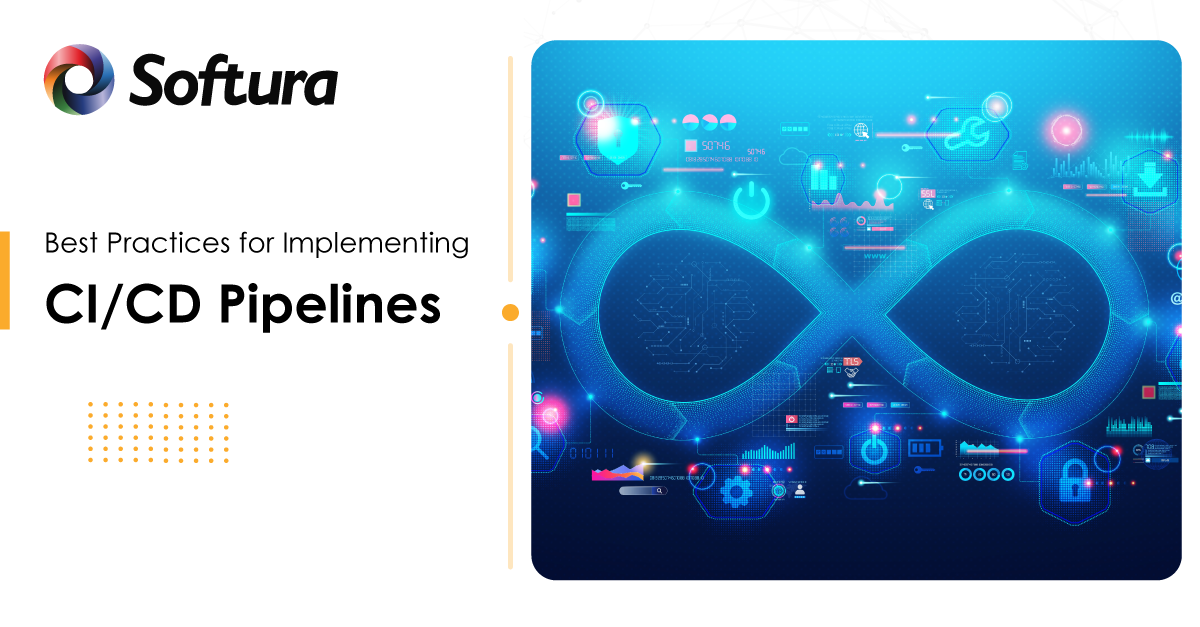Introduction
According to Fortune Business Insights, the global market size for DevOps is expected to grow at a compounded annual growth rate of 19.1% from 2018 to 2026. By 2026, the market size for DevOps is expected to cross US$14.9 billion. This growth is largely attributed to the adoption of cloud as companies migrate their legacy workloads to the cloud and develop cloud native applications using Microservices architecture.
Capital One, has a ‘cloud-first’ policy which means Ideas for improving customer experience are quickly converted into digital products (software applications and services). All the applications are designed for the cloud using Microservices Architecture. Functionalities are built as loosely coupled services using DevOps on the cloud approach, enabled by AWS services. The company has reported that they have significantly reduced the time required to provision application infrastructure by using AWS services and DevOps. There are numerous such case studies where DevOps and more specifically, CI/CD pipelines have enabled collaboration and automation so that developers can focus on building functionalities without having to worry about infrastructure requirements. Continuous Integration and Continuous Deployment (CI/CD) pipeline refers to the process followed to incrementally release new software features and functionalities. CI/CD pipelines are an important component of DevOps that aims to improve delivery through automation. While the steps in the CI/CD pipeline can be executed manually, automation ensures that the development team is able to deploy quality code into production faster.
Dr. Mik Kersten, Best-Selling Author and CEO at Tasktop, says, "CI/CD is about creating a fast feedback loop that enables teams to deliver value to their customers continuously, by automating the build, test, and deployment process and integrating code changes continuously."
In this blog post, we will look at the best practices for implementing CI/CD pipelines and conclude by listing the benefits of automating CI/CD pipelines.
Managing Dependencies
A dependency refers to a component or resource that is required to build, test, or deploy a software application or system. This can include external libraries or frameworks, build tools, testing tools, and other software or hardware components that are necessary for the development and deployment process. Here are a few best practices for managing dependencies:
Leveraging Containerization
Containerization is a method of packaging software applications so that they can be run in multiple different environments without requiring any changes to the underlying infrastructure. This is achieved by packaging the application, along with all its dependencies, into a container. The container is a lightweight, standalone, executable package that includes everything the application needs to run, including the application code, system tools, libraries, and runtime.
Jez Humble, Site Reliability Engineer at Google, says, "Containers provide a lightweight, portable way to package and distribute software, making it easier to deploy and run applications consistently across different environments."
Let us look at a case study to understand how companies are effectively leveraging containerization. Workflow management software provider, Weever Apps, uses Docker containers to empower developers to write code locally and deploy in the cloud without code changes. This approach saves time and helps the company accelerate feature releases. Here are some of the best practices for containerization:
Testing in Multiple Environments
In a CI/CD pipeline, testing plays a critical role in ensuring the quality and reliability of the software being developed. There are various types of tests that can be included in a CI/CD pipeline, including:
- Unit tests - Unit tests are small, isolated tests that verify the functionality of individual units of code.
- Integration tests - Integration tests test the integration of different units of code, and they ensure that these units are working together as expected.
- End-to-end tests - End-to-end tests, also known as acceptance tests, test the entire system from end to end to ensure that it is working as expected.
Integrating Security Controls
Integrating security controls into a CI/CD pipeline involves incorporating security checks and controls into the various stages of the pipeline to ensure that security is an integral part of the development and deployment process. Let us look at some of the best practices to build secure software using DevOps approach:
Conclusion - Role of Automation in DevOps
Automation plays a key role in a DevOps workflow, as it allows teams to automate various tasks and processes to improve efficiency, reduce errors, and speed up delivery. In conclusion, here are a list of tasks that can be automated in a DevOps workflow:
Benefits of DevOps Approach to Software Development:
According to Donovan Brown, Partner Program Manager at Microsoft, “DevOps is about bringing development and operations together in order to build, test, and release software faster and more reliably."
In a research to find out why companies are adopting DevOps as part of their agile software development strategy, Boston Consulting Group reported the following benefits:
- Reduce defects by 70%
- Release new features more frequently
- Accelerate product to market by 2 times
- Decrease cost by 30% through virtualized infrastructure
So, How do CI/CD Pipelines Help Companies Realize the DevOps Benefits?
Continuous Integration and Continuous Delivery (CI/CD) pipelines play a critical role in enabling organizations to adopt a DevOps approach to software development and delivery, helping them to deliver high-quality software faster and more reliably.
CI/CD pipelines help to automate the software development and deployment process, making it easier for developers to build, test, and deploy their code changes. This approach reduces the time it takes to get new code changes to users and improves the overall quality and stability of the software.
